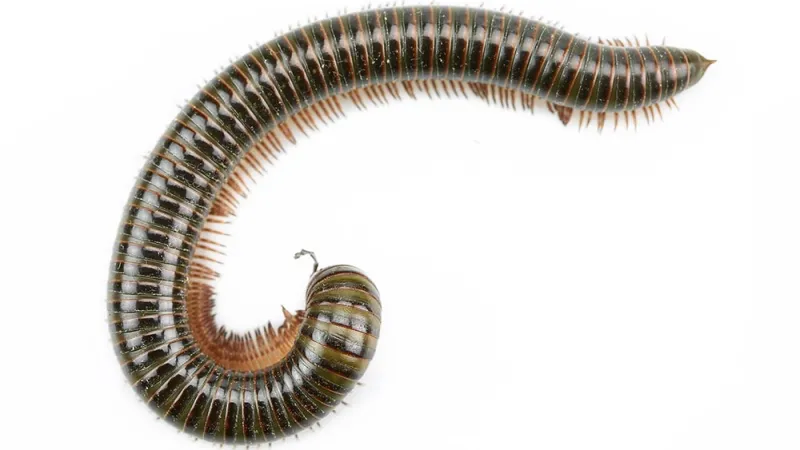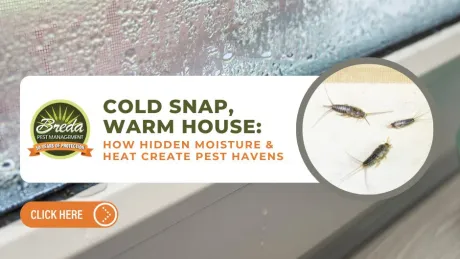
Identifying Common Millipede Species in Georgia

Georgia's diverse ecosystem is home to a variety of millipede species, each with unique characteristics and behaviors. Understanding these creatures is essential for homeowners and nature enthusiasts alike. This article explores the most common millipede species found in Georgia, their identifying features, and where you might encounter them.
1. American Giant Millipede (Narceus americanus)
AppearanceThe American Giant Millipede is one of the largest species found in Georgia, reaching up to 4 inches in length. They are primarily black or dark brown with a rounded body covered in segmented plates.
HabitatThis species thrives in moist environments rich in organic matter. They are commonly found in wooded areas, under logs, or in leaf litter.
SignificanceWhile harmless to humans, their size can be intimidating. They play a critical role in decomposing organic materials, contributing to soil health.
2. Flat-backed Millipede (Polydesmida)
AppearanceFlat-backed millipedes are easily recognized by their flat and elongated segments. They typically have a dark coloration with lighter edges on their segments.
HabitatThese millipedes prefer damp, shaded areas and are often found under stones, in rotting wood, or among dead leaves.
SignificanceThey help break down decaying plant material, although their ability to emit a foul odor when threatened makes them less welcome visitors in gardens and homes.
3. Bristly Millipede (Polyxenida)
AppearanceBristly millipedes are small, usually less than an inch long, and covered with numerous hair-like bristles. Their color ranges from cream to light brown.
HabitatThey are often found in moss, lichen, and at the base of trees where humidity remains constant.
SignificanceTheir presence is a good indicator of a healthy, undisturbed ecosystem, but they are rarely noticed due to their small size and cryptic habitats.
4. Ivory Millipede (Chicobolus spinigerus)
AppearanceThe Ivory Millipede is notable for its smooth, ivory-colored body segments and contrasting black bands. It can grow up to 2 inches long.
HabitatFavoring warm, moist environments, these millipedes are often found in the leafy substrates of forest floors and gardens.
SignificanceIvory millipedes are popular in the pet trade due to their docile nature and striking appearance. They are also important decomposers in their habitats.
5. Smoky Oak Millipede (Narceus gordanus)
AppearanceThis species is similar in size to the American Giant but features a distinctive smoky gray to black coloration.
HabitatSmoky Oak Millipedes are commonly found in oak forests, hence their name, particularly around decaying wood and leaf litter.
SignificanceThey are another key species in the decomposition process, helping to break down tough leaf litter and fallen branches.
Millipedes, though often overlooked, are vital components of Georgia's ecosystem. Whether in your backyard or on a hike through local forests, understanding these common species can enhance your appreciation of nature and help in identifying any potential pest issues at home. For assistance with millipede control or more information, consider consulting with professionals like BREDA Pest Management.


